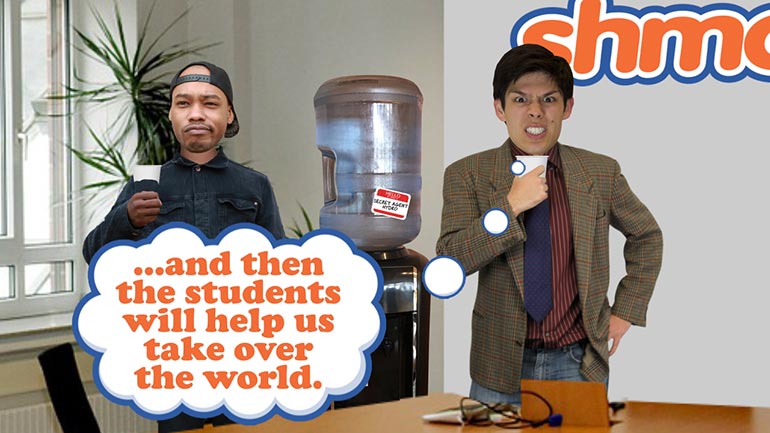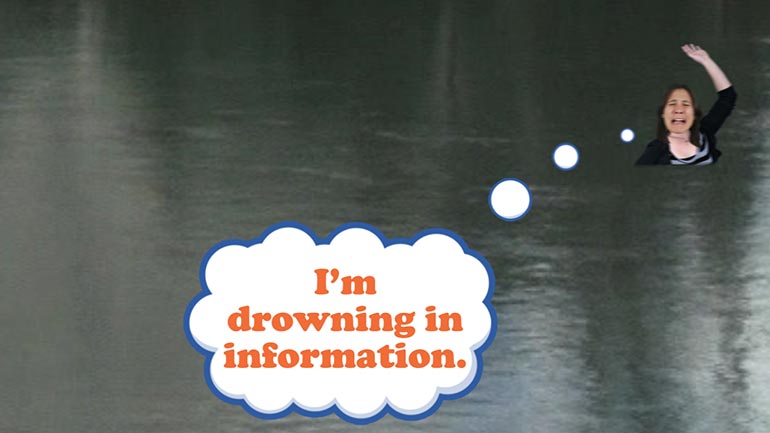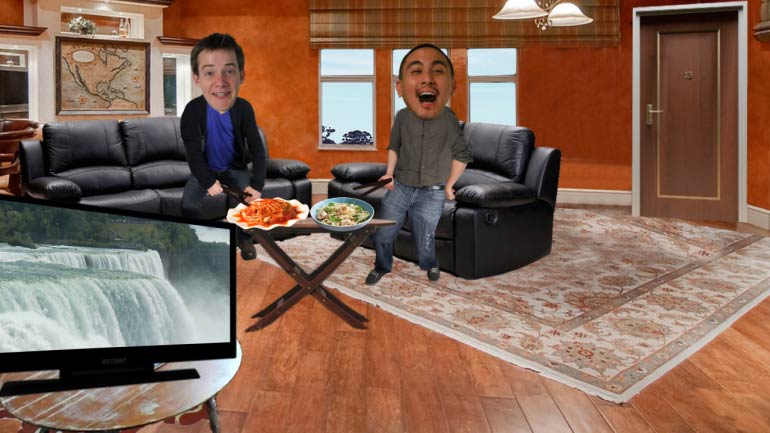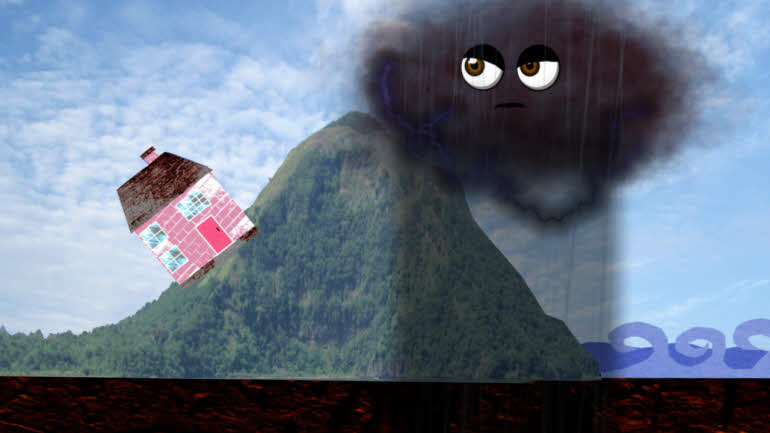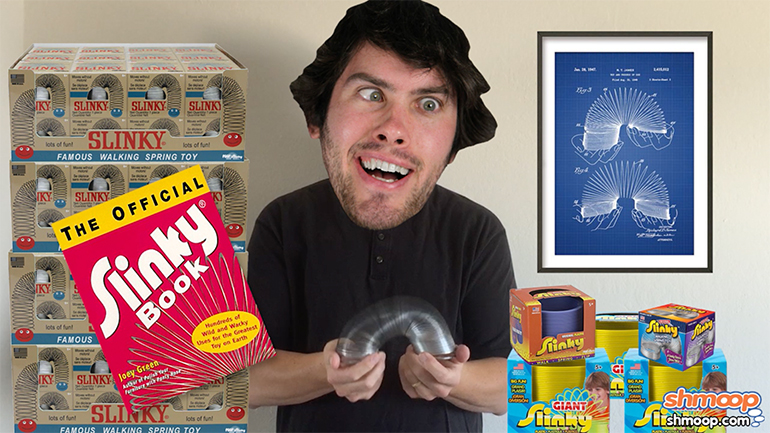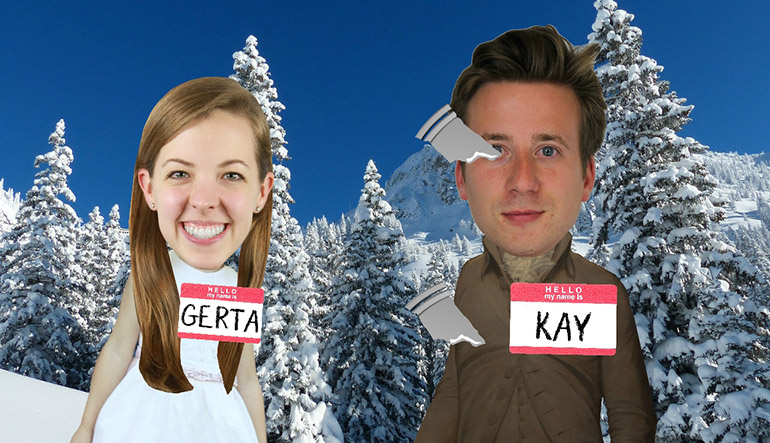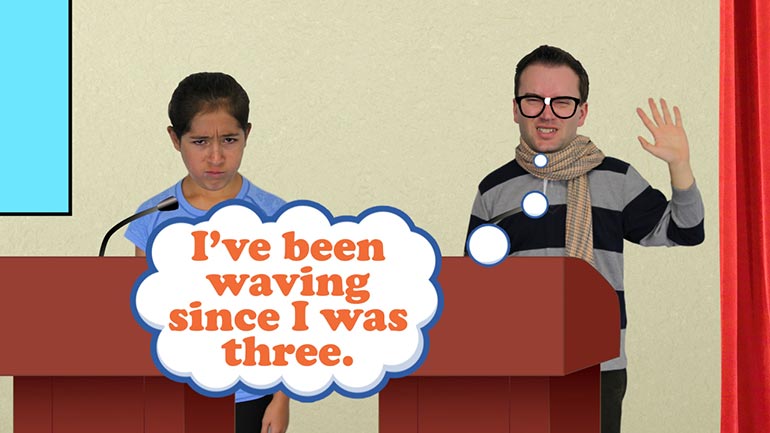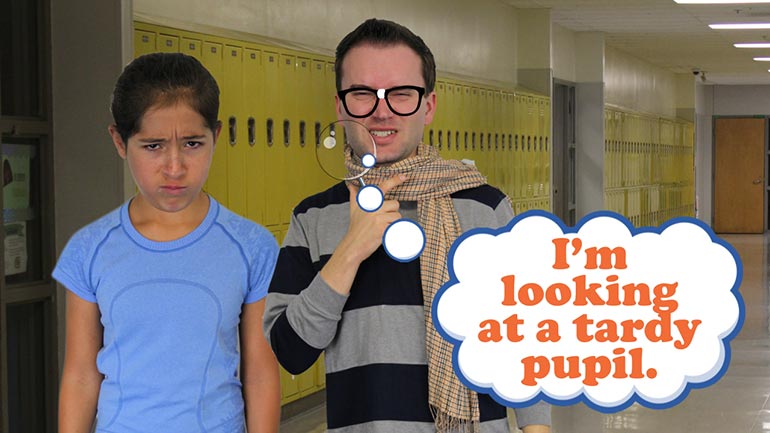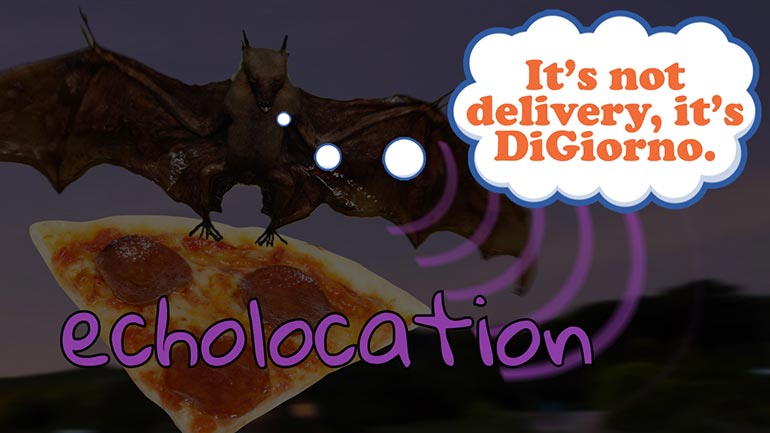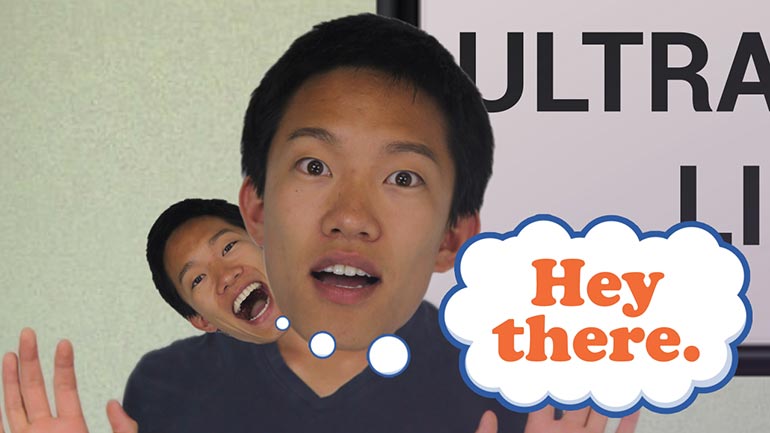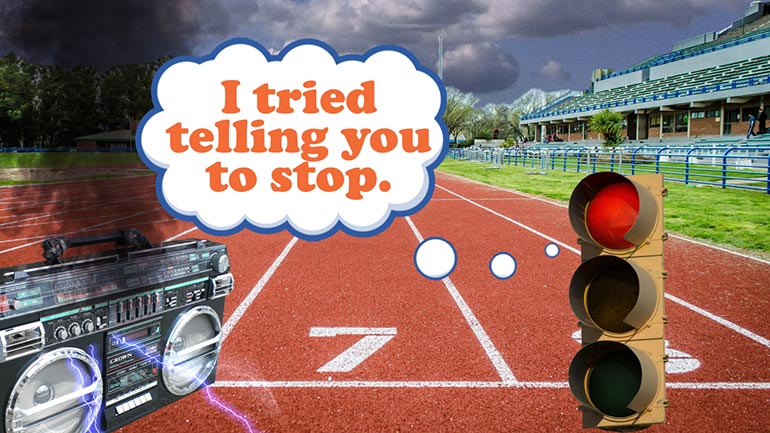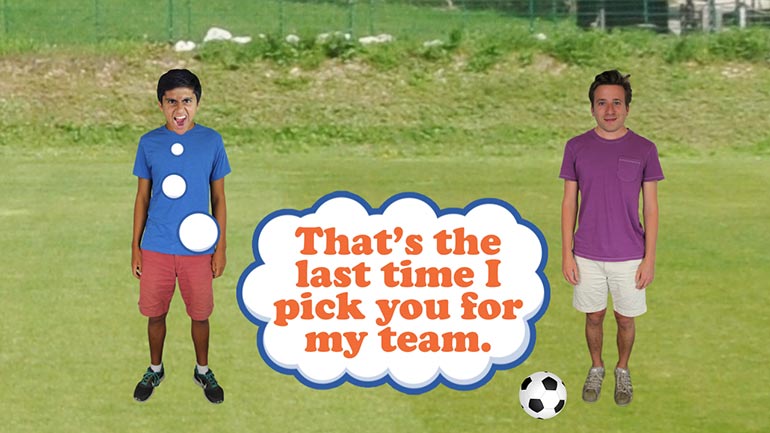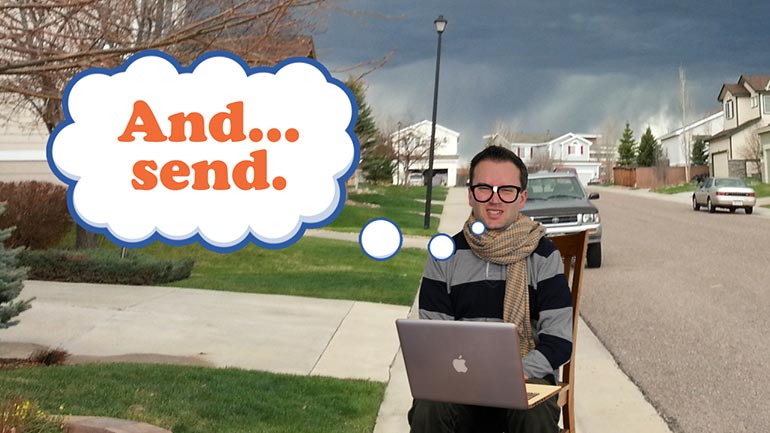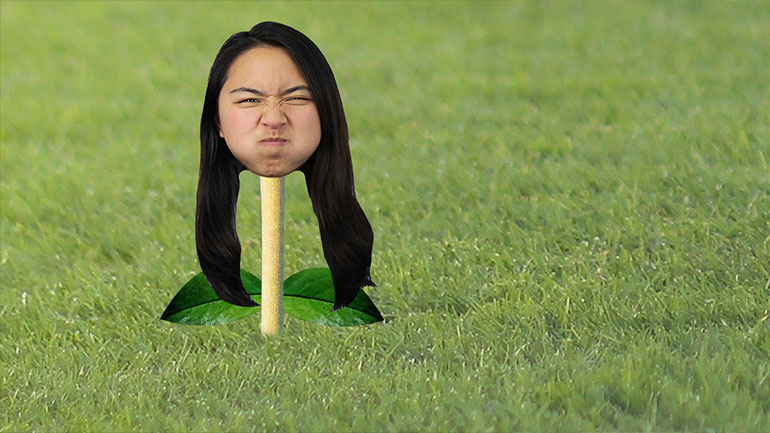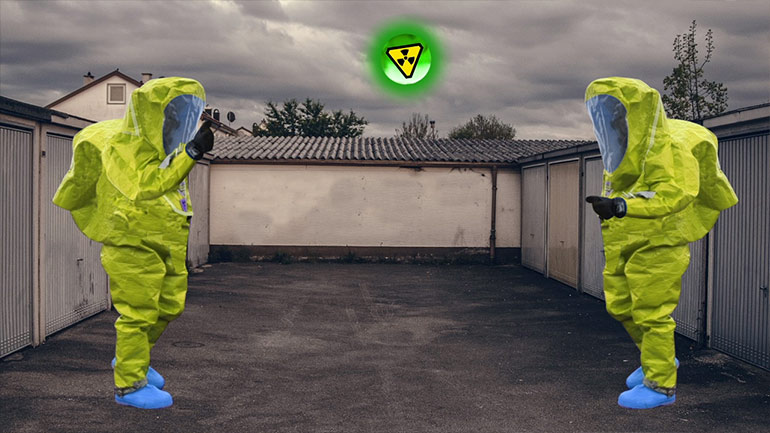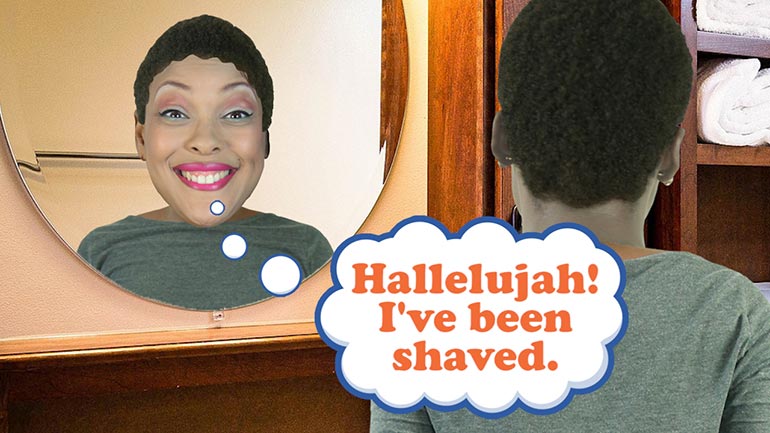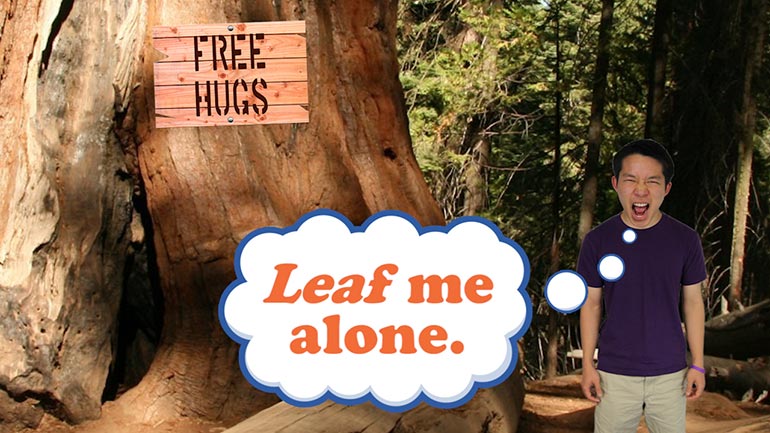ShmoopTube
Where Monty Python meets your 10th grade teacher.
Search Thousands of Shmoop Videos
Science Videos 21 videos
Apologies in advance if you came here really excited about a bicycle you can ride on water. We get that a lot. This video is really about the cycle...
Today we've got some geography. But that's not all, there are tons of extra features included free of charge. We've got rivers, lakes, deserts, mou...
There are tons of different types of maps. We practically need a map map to remember all of them. But don't worry, we've squeezed a few of the impo...
Science 4: Light Waves 22 Views
Share It!
Description:
When light waves, what should you do? Wave back of course. You don't want to be impolite. Today's video is all about light waves.
Transcript
- 00:04
[Dino and Coop singing]
- 00:13
When we go to the beach on a bright, sunny day, we're probably focused on those big,
- 00:17
rolling ocean waves. [Surfer with his board]
- 00:18
But guess what?
- 00:19
There are plenty of other waves knocking around out there. [Surfer has sunblock on his nose]
Full Transcript
- 00:21
And no, we don't mean that cute lil' sea lion that keeps waving at us….aww… [Sea lion waving asking for someone to put suncream on it's back]
- 00:25
We're talking about light waves.
- 00:27
Light is actually a form of energy called electromagnetic radiation. [Coop pointing at a blackboard]
- 00:29
But don't worry: just because the word "radiation" is in there doesn't mean you need to wear
- 00:33
a hazmat suit every time you flip on a light switch. [Boy turns off the light and glows in the dark]
- 00:35
Though that would look pretty cool….
- 00:38
Just like sound, light also travels in waves.
- 00:40
And just like sound waves, light waves are measured in hertz. [Lamp is turned on and a lightwave is emitted]
- 00:42
But there are some pretty big differences between those kinds of waves. [Man holding a starting gun at an athletics track]
- 00:46
For one, light waves are way, way faster than sound waves. [Light wave is much faster than the soudwave]
- 00:49
In fact, they're so fast that when we measure light waves, we need to add new prefixes to
- 00:53
hertz.
- 00:54
So although a sine wave might clock in with a frequency of 220 Hz… [The sine wave is shown]
- 00:57
…a wave of red light comes in at 448 tetrahertz.
- 01:01
Or, said as a number with way more zeros, 448 trillion hertz. [Dino pointing at a blackboard]
- 01:06
As you might imagine, light waves and sound waves don't really race too often.
- 01:10
It'd just be embarrassing… [Broken radio that is sparking and smoking]
- 01:11
When we talk about light, we generally mean the kind of light we can see, aka all those
- 01:15
lovely colors that make up the rainbow. [Rainbow behind palm trees]
- 01:18
Visible light has frequencies that range between about 400 and 800 tetrahertz.
- 01:22
Luckily for us, you don't need to be too good at calculating frequencies to enjoy a good [Women taking a picture of a double rainbow]
- 01:26
rainbow.
- 01:27
And it turns out, there are also kinds of light we can't see.
- 01:30
Ultraviolet radiation has a higher frequency than visible light… [UV radiation hitting the surfer]
- 01:32
…while infrared radiation has a lower frequency. [Infrared camera showing the heat of a person]
- 01:35
So if you were thinking of becoming an artistic sensation by only painting in ultraviolets
- 01:38
and infrareds, we'd recommend you save some time and just ditch those plans. [Man looking proud of his painting, but the canvas is blank]
- 01:42
But hey, what do we know?
- 01:43
Hipsters go for some pretty weird stuff… [Woman taking a picture of the blank painting]
- 01:45
And light just doesn't just come out of nowhere.
- 01:47
One of the biggest sources of light is the sun. [The sun]
- 01:50
It has it all: visible light, ultraviolet rays, infrared rays. [The sun emitting the different waves]
- 01:53
Whatever you want, the sun's got you covered.
- 01:55
Of course, it does have that nasty habit of disappearing when our planet does just a bit
- 01:59
too much rotating, but just because the sun's gone doesn't mean you have to be left in the [Surfer looks disappointed]
- 02:02
dark.
- 02:03
Electric light is a great source of light.
- 02:05
Or, if you want to take the traditionalist route… [A fire on the beach]
- 02:07
…there's always fire.
- 02:08
Just make sure you don't mix your light sources.
- 02:10
Lamps and bonfires aren't exactly the best of friends… [Lamp crashes into the fire and surfer runs away]
Related Videos
Sticks and stones, right? Well...only sometimes. It's a good idea to make sure your words aren't going to hurt others. Let's look at some ways to d...
Learn to debate like a champ. It's way better than debating like a chimp. That just takes mudslinging to a whole new level.
Today we'll learn about biographies and autobiographies. And no, the second one has nothing to do with the lives of cars.
In this lesson we'll subject you to some verbs and predicates. Each one is a necessary part of a complete breakfas—er...sentence.
Choosing words carefully is important. You may end up vexing the assemblage of citizens you're conversing with...or you might even just plain bore...
